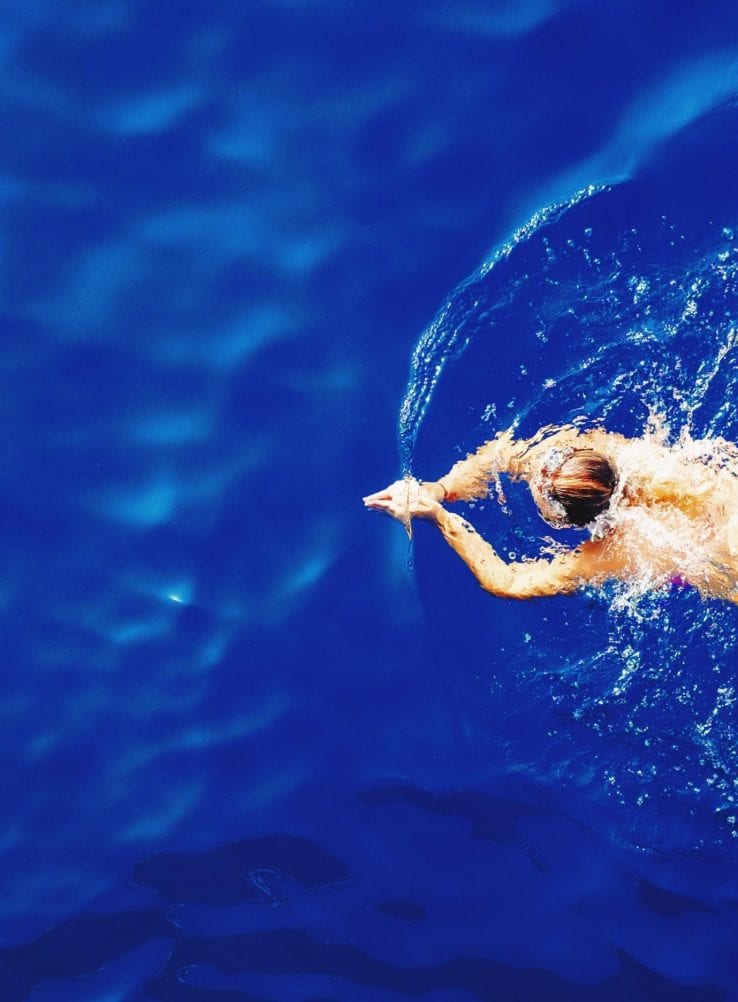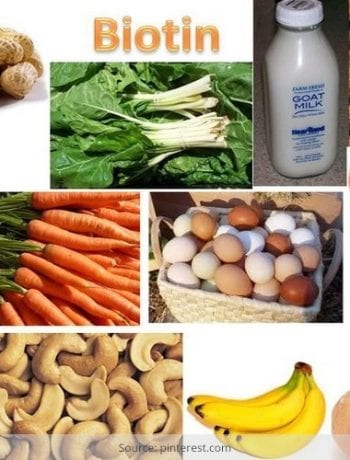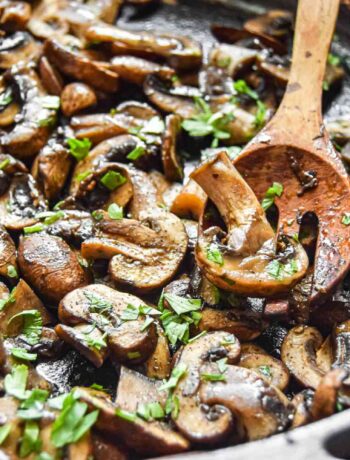If you are thinking about getting into the ketogenic diet, be warned, it is not very easy. Those who have been through ketosis will tell you that you need a lot of discipline and the will to change your lifestyle.
It is very important that you do proper research on the ketogenic diet before you undertake the process. Understanding how it will impact your body and lifestyle will help you in the journey, and most importantly help you achieve your weight loss goals.
There are, however certain steps you can take to help you on the ketosis journey. Please note, there is no difference between the ketogenic diet for women and men. The only variation comes from your preferences and your lifestyle. For instance, those in high-intensity sports may need to use the targeted keto diet while those who do not lead a very active lifestyle can use the standard keto diet.
Before we discuss the healthiest way to get into ketosis, we need to understand what it is.
What Is Ketosis?
Ketosis can simply be defined as the change in your metabolism when you cut out or reduce carbohydrate intake. The body gets its fuel by burning sugar that it gets from carbohydrates. When the body no longer has a supply of sugar, the liver will produce ketones using fat as its fuel source.
Other than weight loss, the diet has other benefits for diseases like Alzheimer’s, migraines, diabetes, and heart disease among others.
Getting Into Ketosis in a Healthy Way
Get Medical Advice
Like any other diet, you need to have the go-ahead from your doctor on whether or not you can do the keto diet. Certain conditions may make it unsafe for you to be on the Keto or any diet. These include those with type one or two diabetes, among others.
Significantly Reduce Your Carbohydrate Intake
Reducing carbohydrate intake is the most important step when on a keto diet. You need to let go of your favorite pastries, bread, cake, sugar, among others. Be observant about the kinds of food you can eat and stick to the diet. The experts recommend that you consume about 20 grams of carbohydrates per day in the initial two weeks.
Eating 20 grams of carbohydrates will send your body into ketosis within 48 hours. If you feel 20 grams is too little, do not exceed 50 grams per day. However, listen to your body carefully because there are risks associated with the keto diet.
Combine Ketosis with Exercise
Those who have been on the keto diet will tell you that in the initial period, they experience some lethargy and general loss of energy. The lethargy is due to the Keto flu’ which should however not be a reason not to exercise. Physical activities are important when on the diet and it helps you lose weight faster because you deplete the glycogen stores. The liver has to work harder to produce more ketones. It can only do this by burning more fat.
Pay careful attention to your exercise regime. In the initial two weeks, focus more on low-intensity exercises and those that will help you build your core strength. After two weeks, you can add a little more into your regime, for example, start lifting weights, running longer distances or swimming.
Before and after exercising, make sure you eat a little protein and carbohydrates to prevent wasting of your muscles. The wasting of muscles can occur because your body breaks down the muscle proteins to produce glycogen, to produce the fuel you need when you are working out.
Try Intermittent Fasting
If you want to induce quick ketosis, then incorporate fasting into your daily routine. Fasting will allow your body to get rid of toxins. For children with epilepsy, doctors recommend fasting so that the body goes into ketosis and the direct result is that there is a reduction in the occurrence of seizures.
We all know that breakfast is one of the most important meals of the day because this is where you get your daily energy boost from. However, skipping breakfast when on a keto diet may be beneficial. It allows for intermittent fasting and suppresses your diet thereby forcing your body to go into ketosis.
Incorporate Coconut Oil into Your Diet
Coconut oil has medium chain triglycerides or MCTs that the body easily absorbs. MCTs actually induce ketosis even without a drastic reduction in carbohydrate intake. The lauric acid in coconut oil also helps in inducing ketosis.
Medium chain fatty acids do not require bile or enzymes to digest. They go directly to the liver for the production of ketones.
Moderate your protein intake
Balance your protein intake because your liver will need the amino acids to produce the ketones. Remember, there are certain organs in your body including the kidney and the brain that cannot use ketones for fuel. The liver needs to continue producing glycogen for them; proteins will provide the relevant fuel for this.
Pay Attention to Your Body
As indicated above, ketosis is not for everyone. If you try it and you find that your body is struggling, you have two options; one is to stop dieting or to do it wisely. You can try cycling the ketosis meaning that you do it for a short while, stop, and then go back to it. The start-stop cycle will train your body to accept other sources of fuel other than sugar.
Final Thoughts
If you’re thinking of going into ketosis, arm yourself with relevant knowledge so that you can avoid many common mistakes that will thwart your weight loss efforts. Reduce carbohydrate intake, moderate your protein intake, and increase your fat intake. Do not avoid physical exercise, but be careful about how much you take on in the initial period.
With the right mind frame and willpower, you will find the keto diet a breeze, So go ahead, do your research, get advice from your doctor, stock up on the appropriate keto diet foods, and embark on your weight loss journey.






